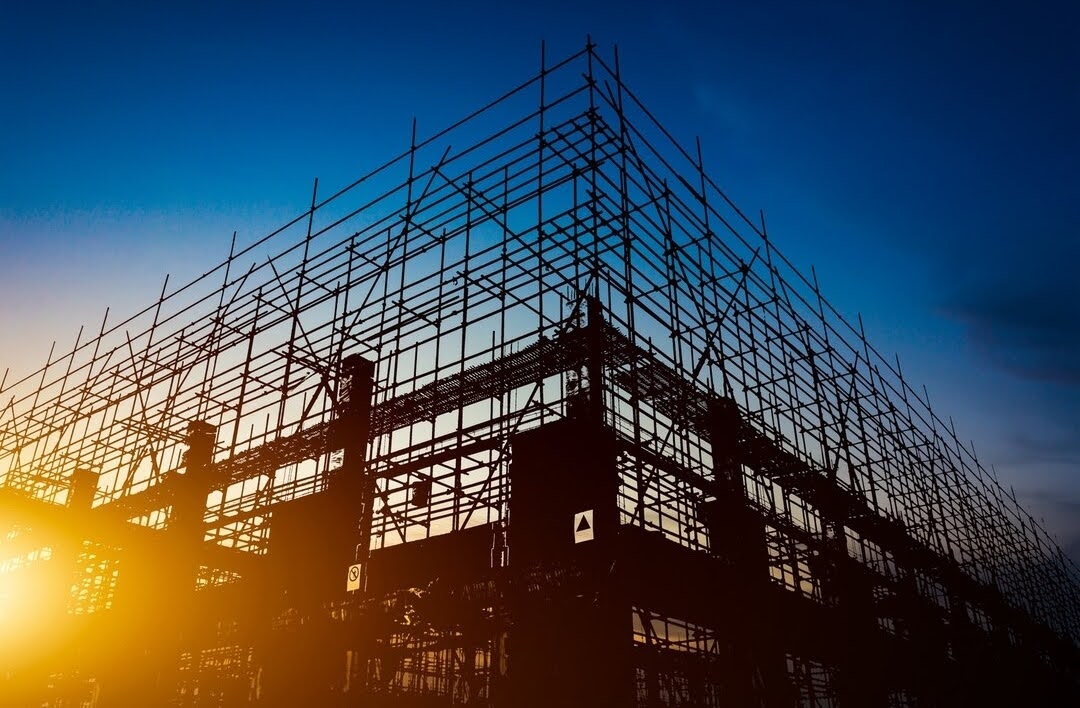In construction, safety and efficiency are non-negotiable. Workers often need reliable platforms to perform tasks at elevated heights, and that is where scaffolding plays an important role. Scaffolding is the backbone of construction, offering workers a stable structure to carry out masonry, painting, etc.
With time, scaffolding has evolved into different types, each designed for specific site conditions and project requirements. Understanding these variations is essential for contractors and construction companies.
In this blog, we will explore 6 major types of scaffolding used for construction purposes. Each type has distinct features, advantages, and areas where it is most effective. Read on!
Single Scaffolding
Single scaffolding, also known as bricklayer’s scaffolding, is one of the oldest and simplest forms of commercial scaffolding. Used in masonry projects, this type of structure consists of vertical standards fixed into the ground at regular intervals. It has horizontal ledgers that run parallel to the wall.
This setup creates a framework that workers can climb and stand on to lay bricks or apply plaster. Single scaffolding is cost-effective and easy to assemble, which makes it popular for small commercial projects.
Double Scaffolding
Double scaffolding, often called mason’s scaffolding, is specifically designed for stone masonry. In this method, workers cannot insert putlogs into stone walls because of their uneven surface.
Two rows of scaffolding are set up parallel to the wall, with the inner row supporting putlogs and the outer row providing additional stability. This double-layered arrangement reduces reliance on the building wall for support.
Cantilever Scaffolding
Cantilever scaffolding is a specialized type used when the ground directly below the worksite is either unsuitable for placing standards. For instance, when construction takes place on busy roads, riversides, or uneven land, cantilever scaffolding offers a practical solution.
In this system, standards are supported by a series of needles that project out from the structure. These needles are securely anchored into the building at specific points, creating a suspended framework.
Suspended Scaffolding
Suspended scaffolding is commonly seen in high-rise buildings, particularly for exterior finishing, painting, and maintenance. In this method, the working structure is suspended from the roof using strong ropes or chains.
Workers can raise or lower the structure using pulleys or mechanical systems, enabling them to reach different levels of the building with ease.
Steel Scaffolding
Steel scaffolding is a modern and highly durable type of scaffolding constructed using steel tubes fixed together with fittings. It has gained popularity in the construction industry because of its strength, longevity, and versatility.
Unlike wooden scaffolding, steel is resistant to fire, termites, and harsh weather conditions, making it a reliable choice for projects in challenging environments.
Trestle Scaffolding
Trestle scaffolding is primarily used for interior work such as painting, plastering, and small-scale repairs. It consists of a working platform supported by movable ladders. Trestle scaffolding is portable and easy to set up, making it convenient for tasks inside buildings where height requirements are not excessive.
This type of scaffolding is usually limited to a height of about 5 meters, which makes it suitable for office projects only. Its lightweight allows it to be shifted from one room to another without much effort.







